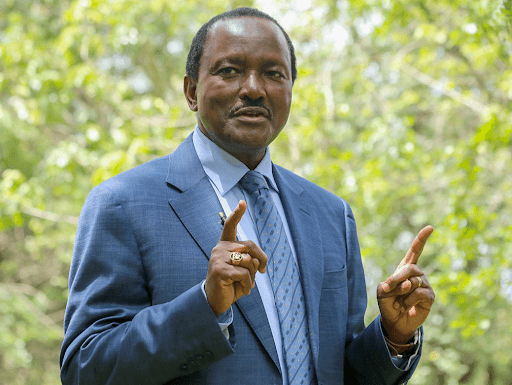For many years, the meter railway line connecting various parts of the country has been lying idle, dilapidated and overgrown with bushes.
The government, however, started reviving the line after the much-touted standard gauge railway line failed to reach its destination.
The SGR was supposed to extend to Kisumu and later Ugandan border.
However, lack of funds made it impossible to extend it.
This means that the meter gauge railway will connect to SGR in Naivasha and go all the way to Malaba border.
The cost of construction of the SGR line from Mombasa port to Nairobi was Sh320 billion while the cost of the line from Nairobi to Naivasha dry Port was Sh 150 billion.
Already, a Chinese firm has started rehabilitating the 23.5km meter gauge rail connecting the SGR line.
China Road and Bridge Corporation is building the new short track and rehabilitating a decades-old line from Malaba on the border with Uganda to Longonot in Naivasha.
The Nanyuki line was built by the colonial government in the 1920s. Magadi line was built in 1915.
In 1913, a line opened from Nairobi to Thika. It was later extended to Murang’a, Nyeri and arrived in Nanyuki in 1930.
Other lines were built to Solai (1926), Kitale (1926), Eldoret-Uganda (1928), Nyahururu (1929) and Kisumu-Butere (1932).
Some of the lines have however been neglected.
Last year, however, the government embarked on rehabilitating some of the lines.
Already, some of the land belonging to Kenya Railways had been encroached on.
On August 12, the newly refurbished Sh1.8 billion Nairobi-Nanyuki railway was launched with expectations that the line will provide cheaper and safer transportation of fuel to the Central Region Economic Bloc.
The line cuts through Nairobi-Thika-Maragua- Sagana-Karatina-Nanyuki.
The region is rich in tea, coffee and dairy farming.
Already, Vivo Energy has constructed a fuel depot in Nanyuki with a storage capacity of 11.5 million litres on 11 acres. The company has started using the line to transport fuel.
Vivo Energy is the marketer of Shell Oil products. Managing director Peter Murungi said the rehabilitation of the line is a big step as they strive to ensure that Mount Kenya region and neighbouring counties all the way to the Northern Frontier have sufficient fuel supply.
He said the overall oil demand for the region is 4,403,705 tonnes.
Kenya Railways MD Philip Mainga said two trains have been moving petroleum products for Vivo.
"We are happy the line is in good condition," he said. "The line will transform the economy of this region as it has a lot of potential," Mainga added.
Kenya Railways expected to generate more than Sh370.4 million per year from the revived 240km line.
Petroleum products being the key cargo for the line, Kenya Railways will be charging about Sh82,000 for 50 tonnes of fuel tank, with a tonne costing Sh1,640.
Kenya Railways is also rehabilitating the 216 kilometers Nakuru-Kisumu line at a cost of about Sh 2.8 billion.
Laikipia Governor Ndiritu Muriithi said the refurbishment of the old metre gauge railway will open a new chapter in the region’s economy.
“This is what we need. The counties in Central Region Economic Bloc where the line is passing have an economic value of Sh2.7 trillion,” Muriithi said in Nanyuki.
Kenya Railways has also been rehabilitating meter gauge lines and stations within Nairobi.
The rehabilitation is meant to have commuters enjoy improved services by increasing the capacity of commuter trains.
The parastatal recently imported secondhand Diesel Multiple Units with a life span of 25 years to move Nairobi railway passengers from about 300,000 a month to three million.
Nairobi has a population of about four million people, 70 per cent of whom are dependent on public transport.
Deloitte City Mobility Index says Nairobi lacks integrated public transport, leading to high congestion levels despite only 13 per cent of trips being made by cars.
The index reviews major cities on key aspects of mobility and the resulting relationship to economic performance.
Mainga said the corporation has so far rehabilitated five stations in Nairobi, four in Kiambu and one in Machakos.
The stations are Mwiki, Dandora, Donholm, Pipeline, Embakasi Village, Ruiru, Kahawa, Githurai, Kikuyu and Athi River.
Edited by Henry Makori









